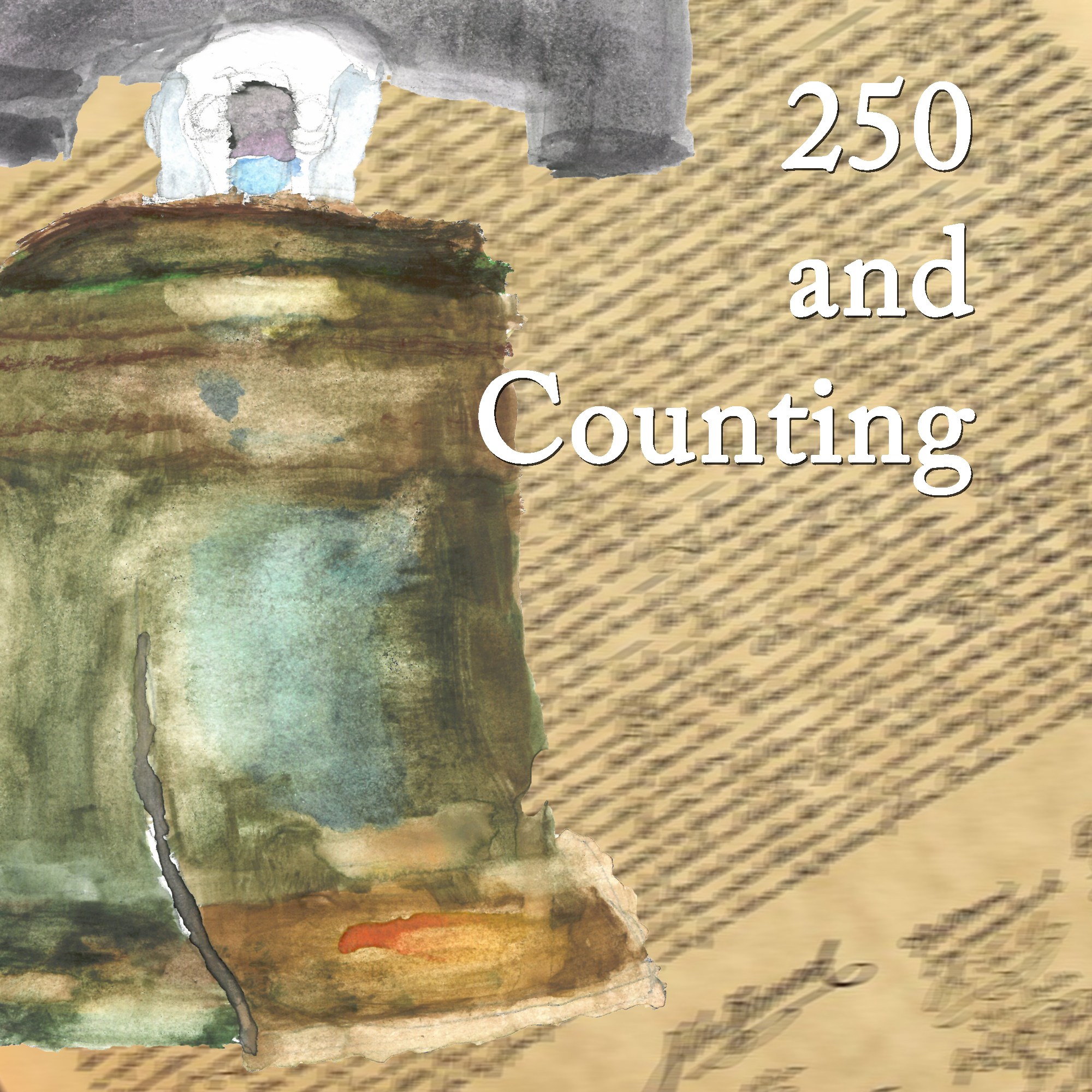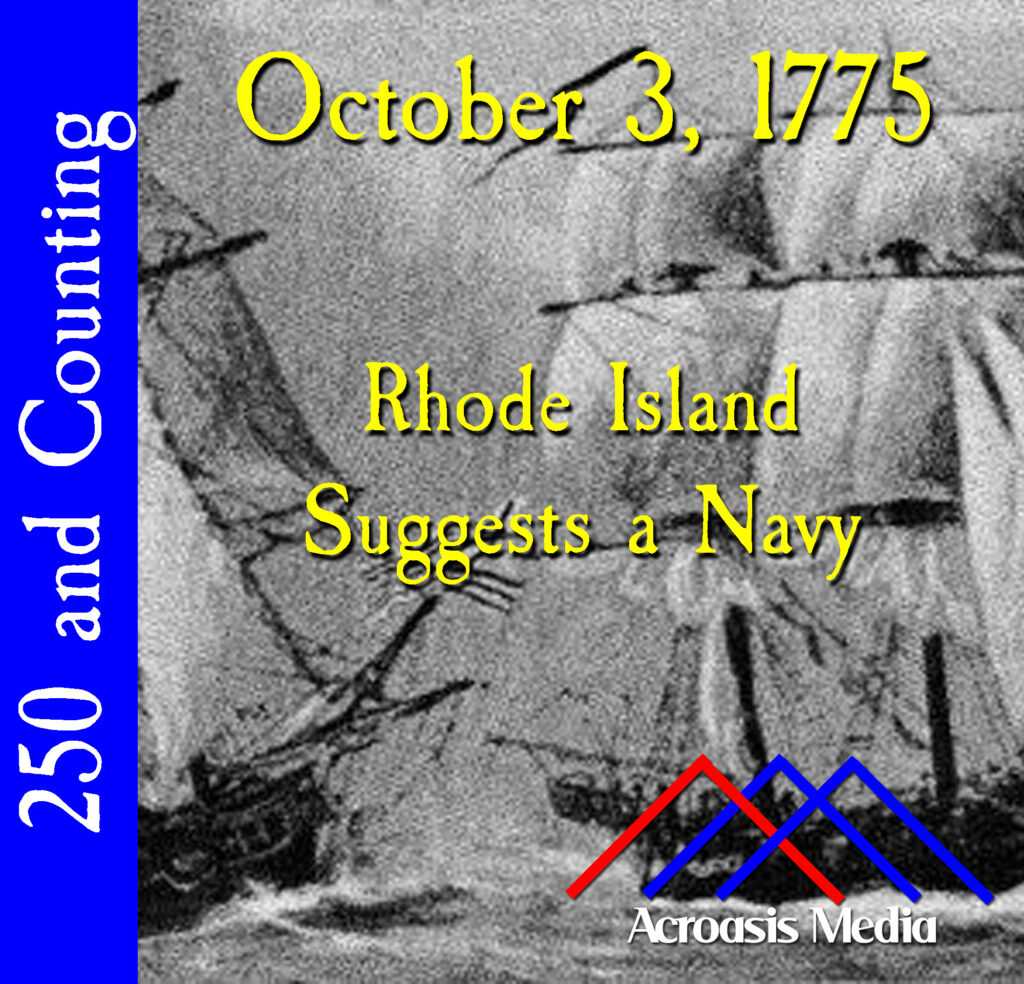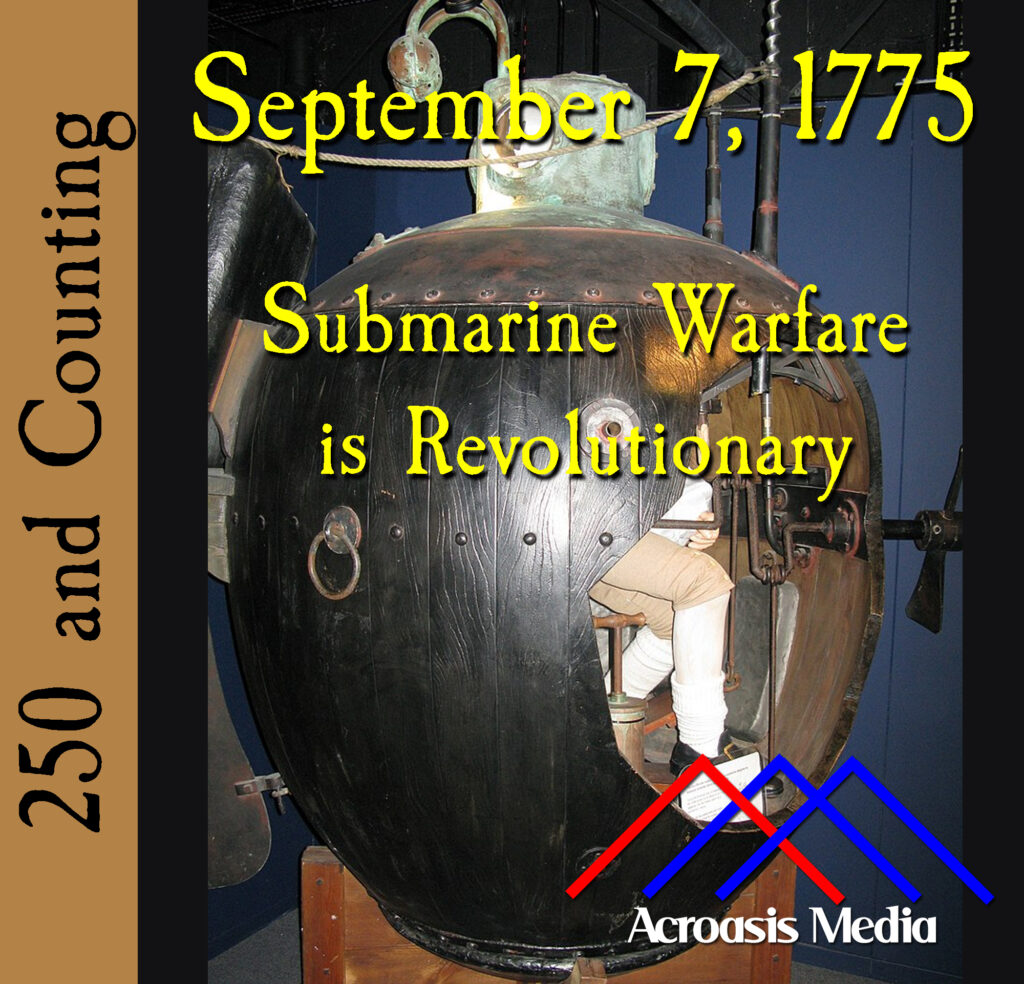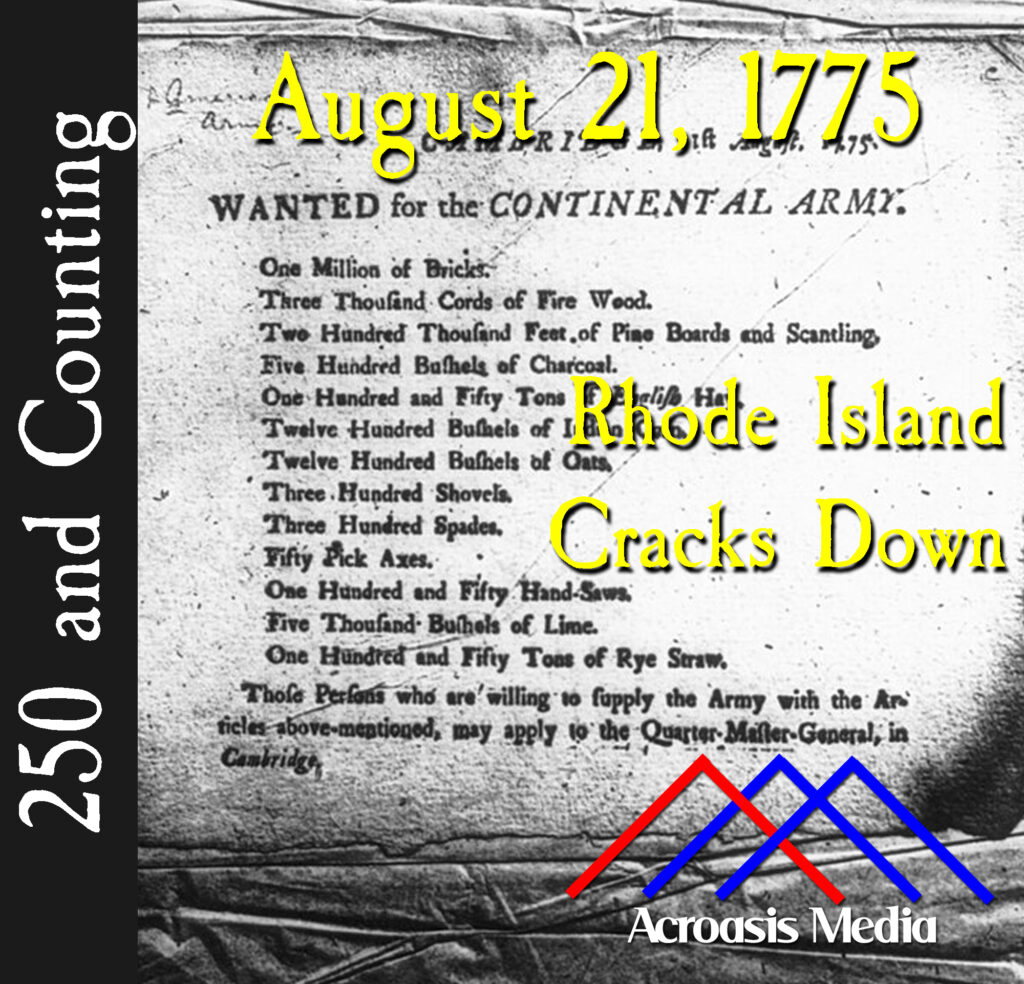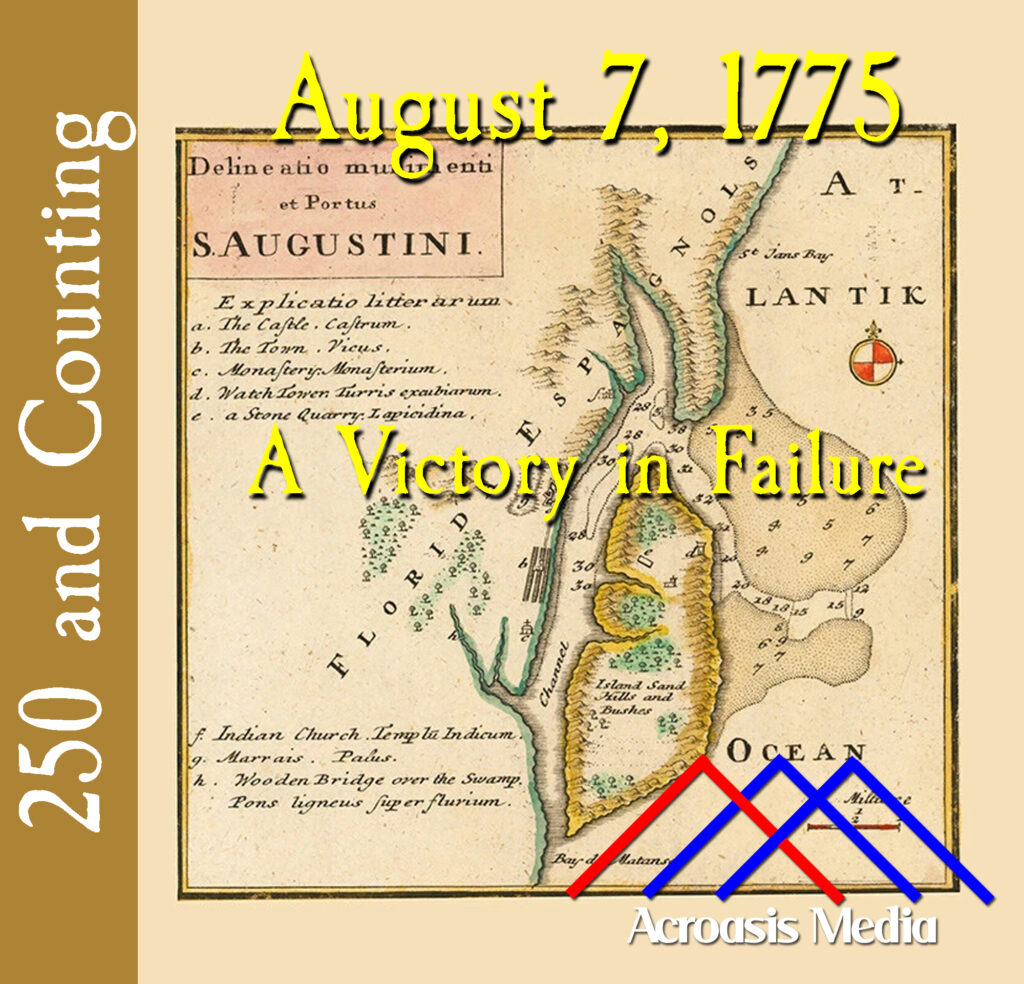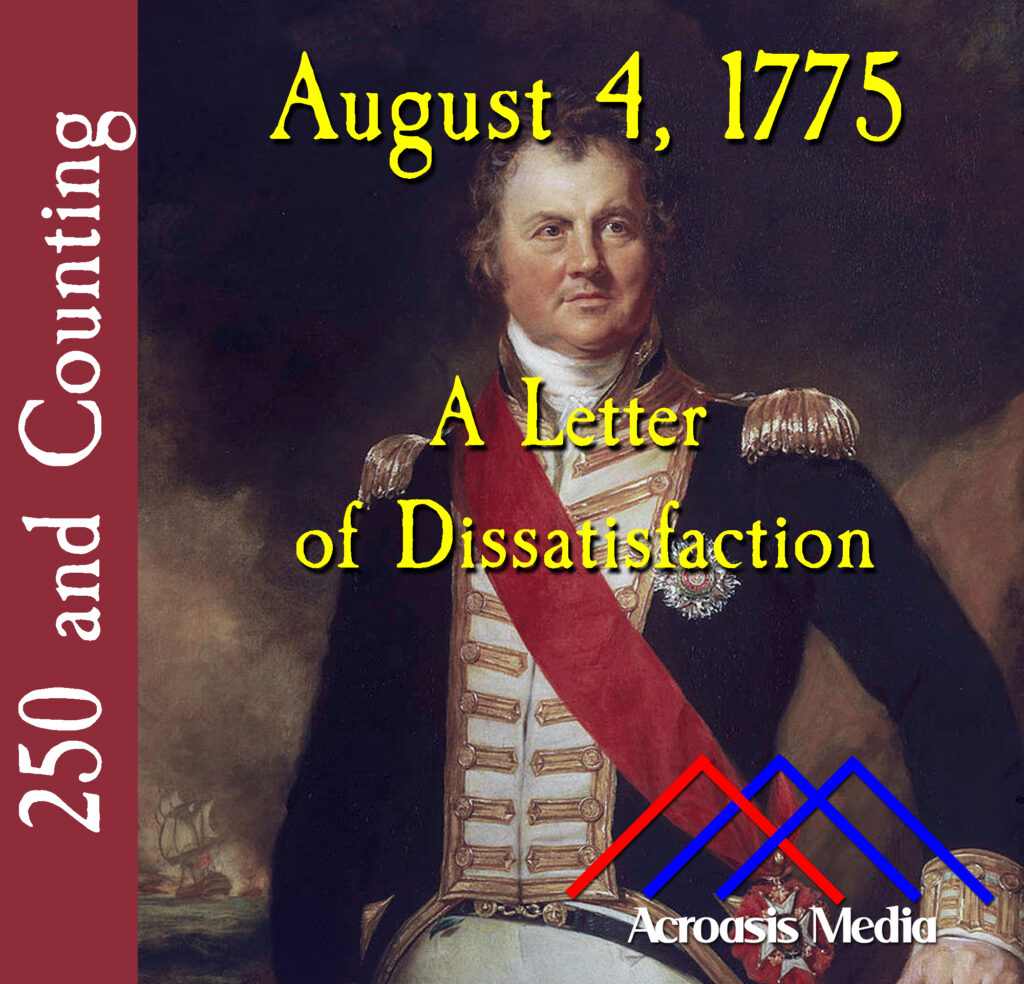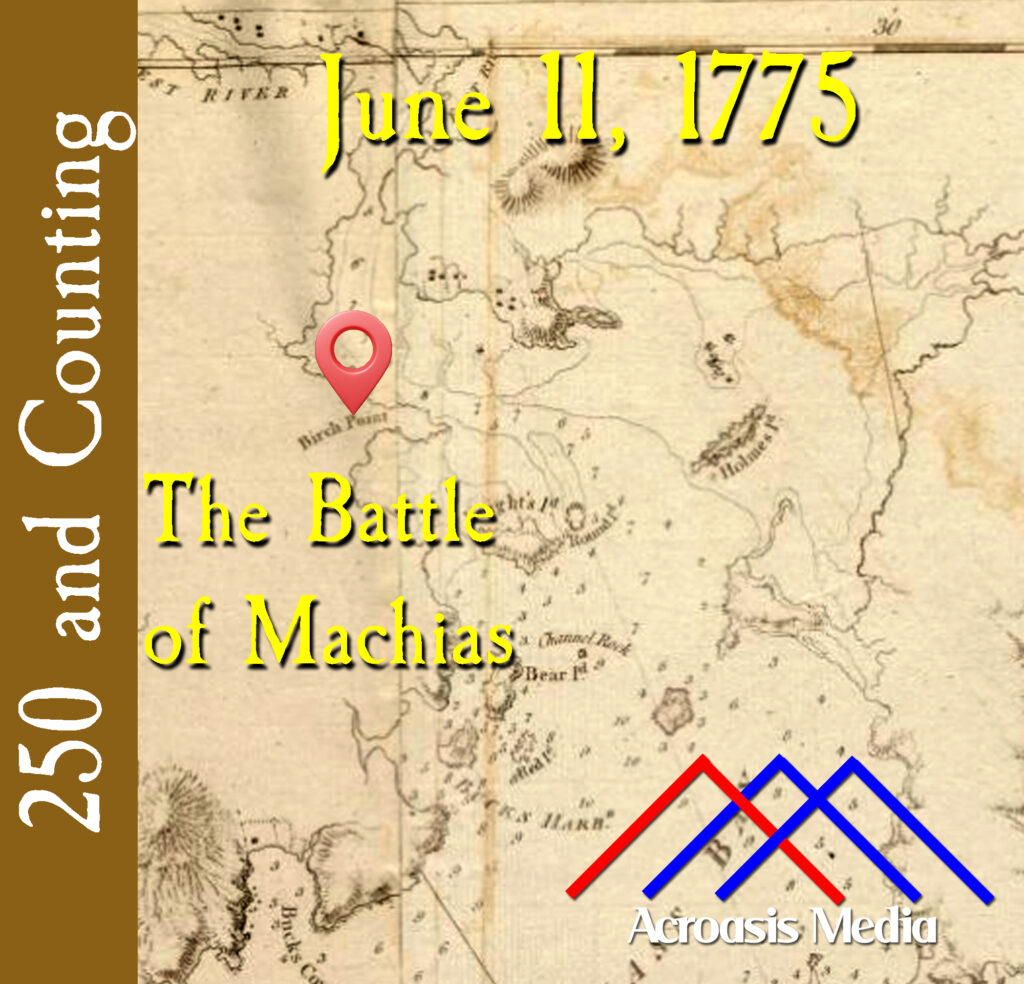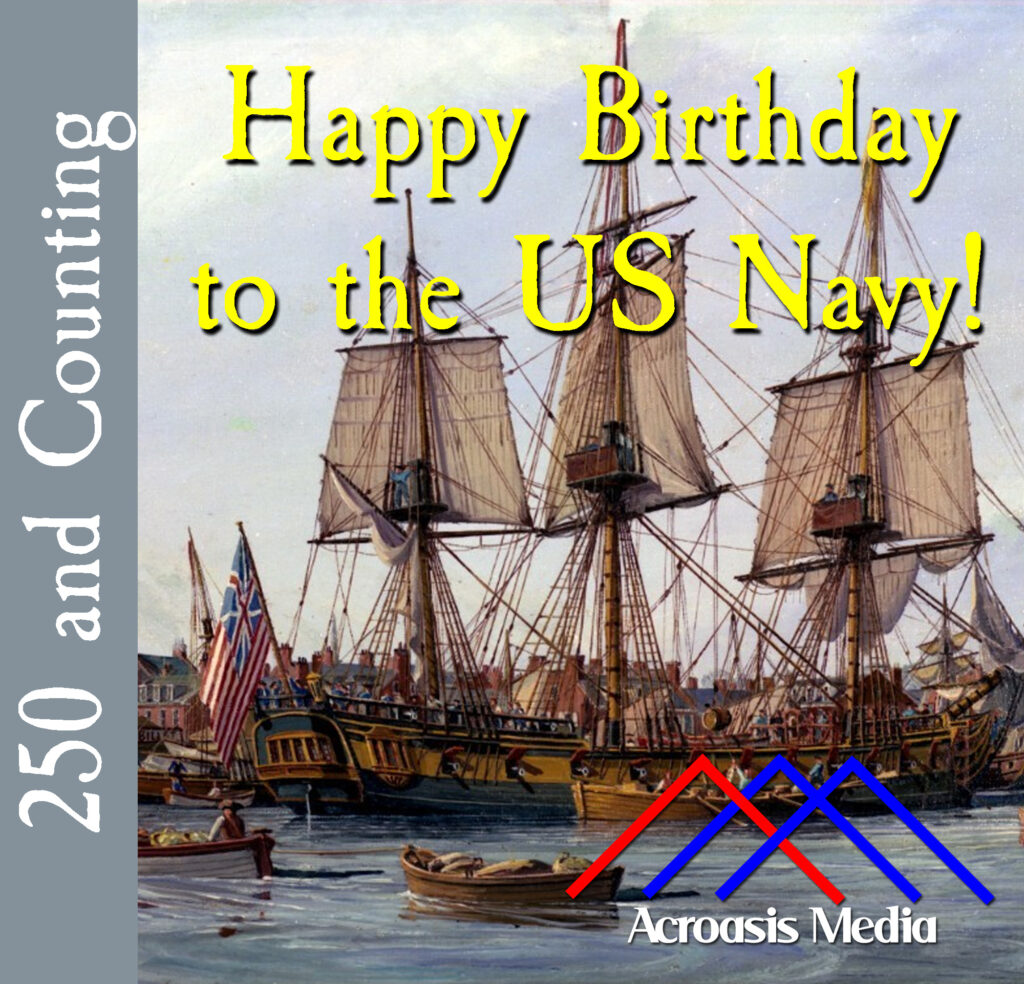
It’s Cake and Candles for the US Navy, born this day in 1775.
The Continental Congress initially authorized the purchase and retrofitting of two ships. But before long they saw the wisdom of having a navy, and soon many more ships were purchased, and commissioned into service.
The Continental Navy, to be honest, didn’t have a huge impact on the war. Many ships were lost to British attacks, weather, or accidents. What it did have a big impact on, however, was the War of 1812. The seamen who fought in the Revolution were well-seasoned officers by the time that war came along.
It’s also worth noting that the Continental Navy was disbanded after the Revolution, but a few years later the US Navy was officially established. However, given the continuity of tradition and the fact that today was the day that Congress authorized the purchase of the vessels, the Navy decided in 1971 that October 13, 1775 was the date of its official establishment.
Podcast: Play in new window | Download | Embed
